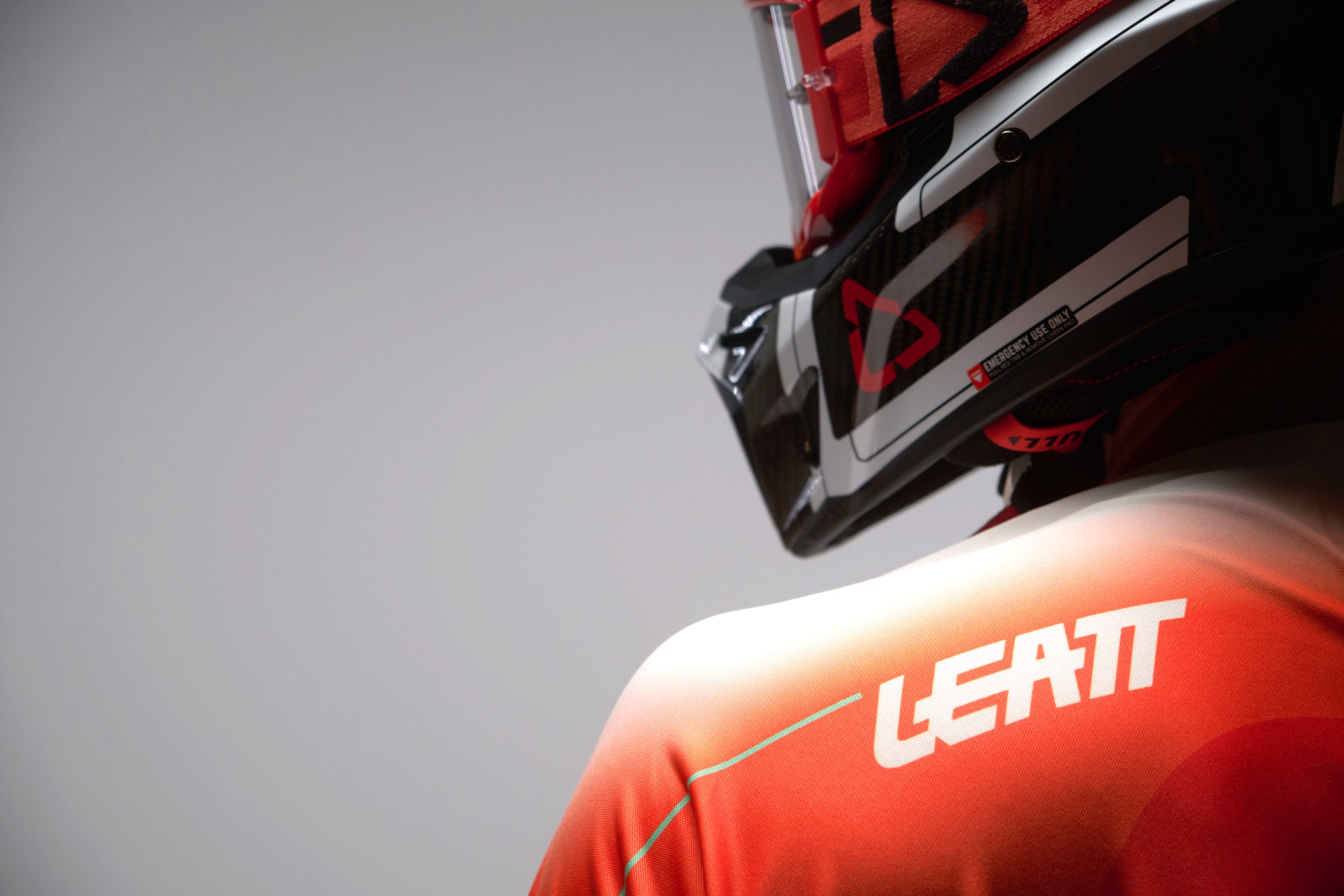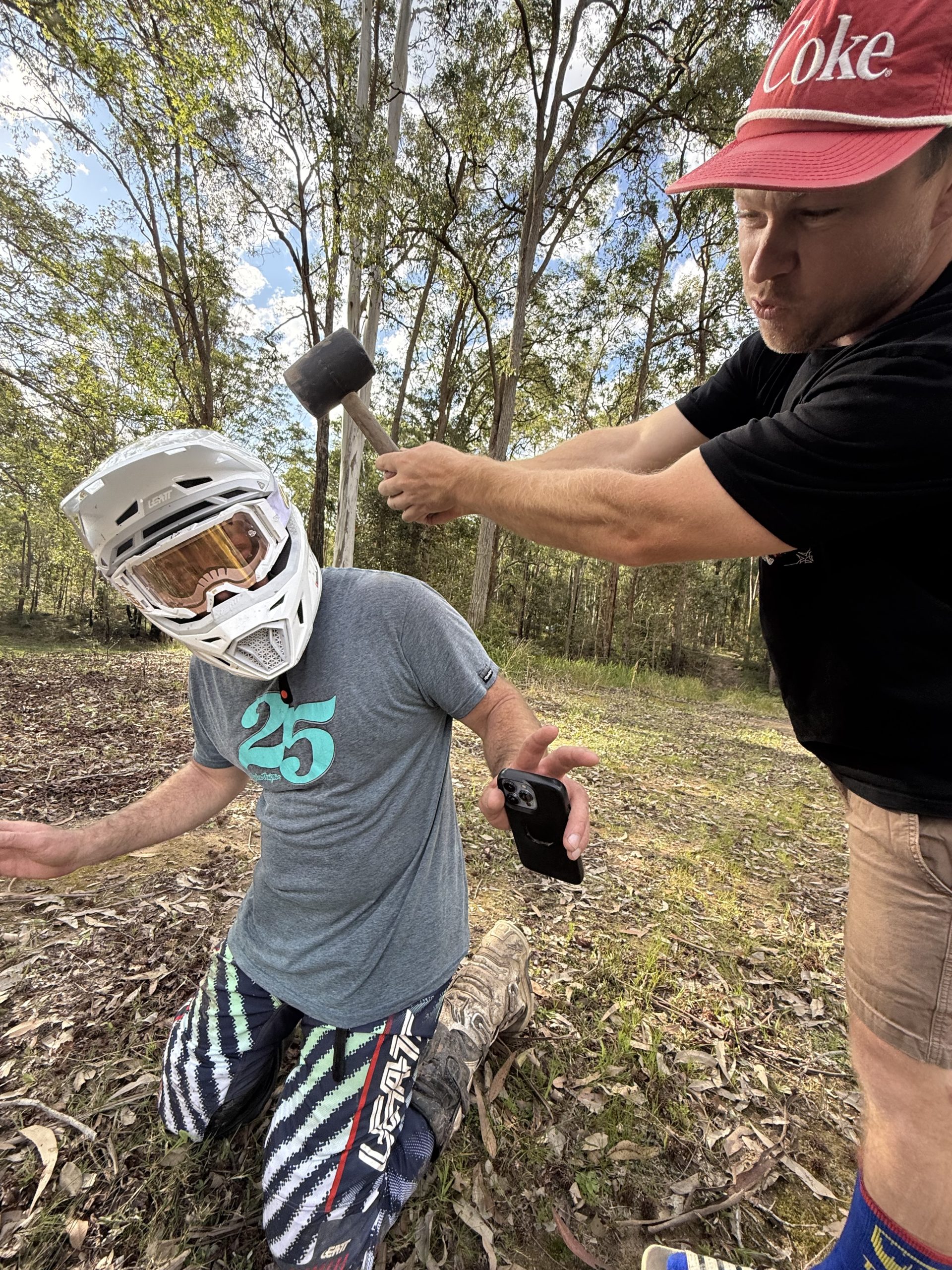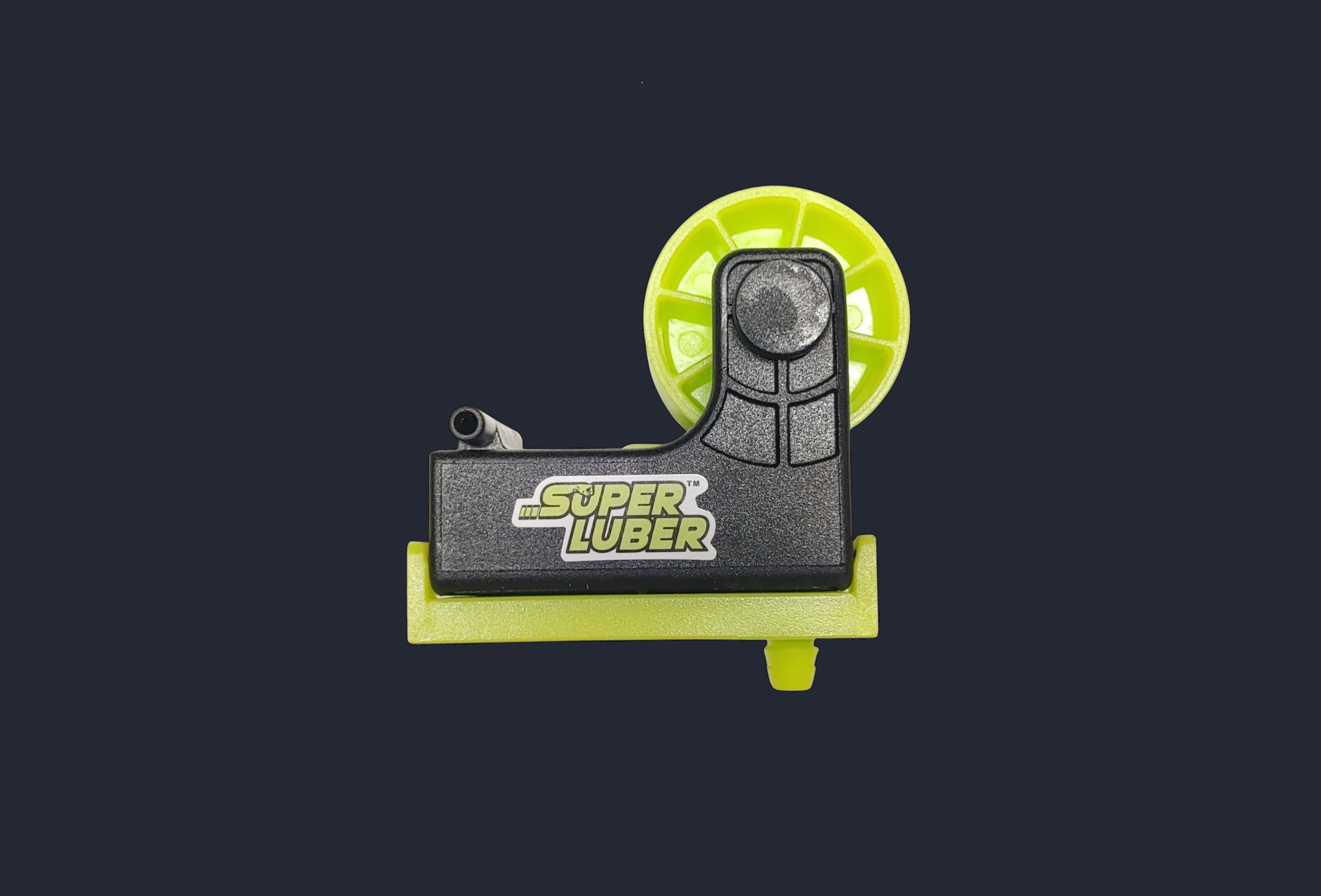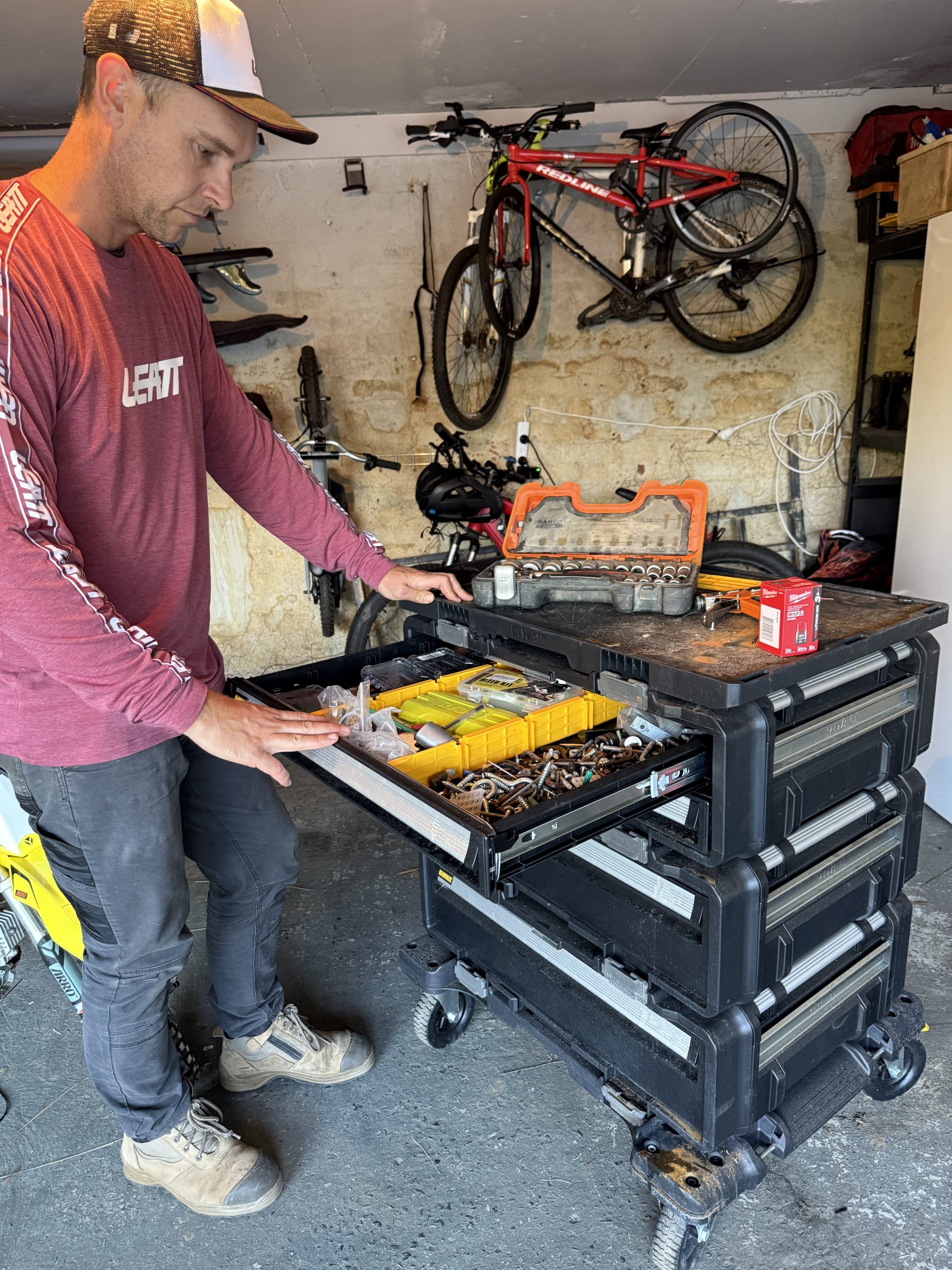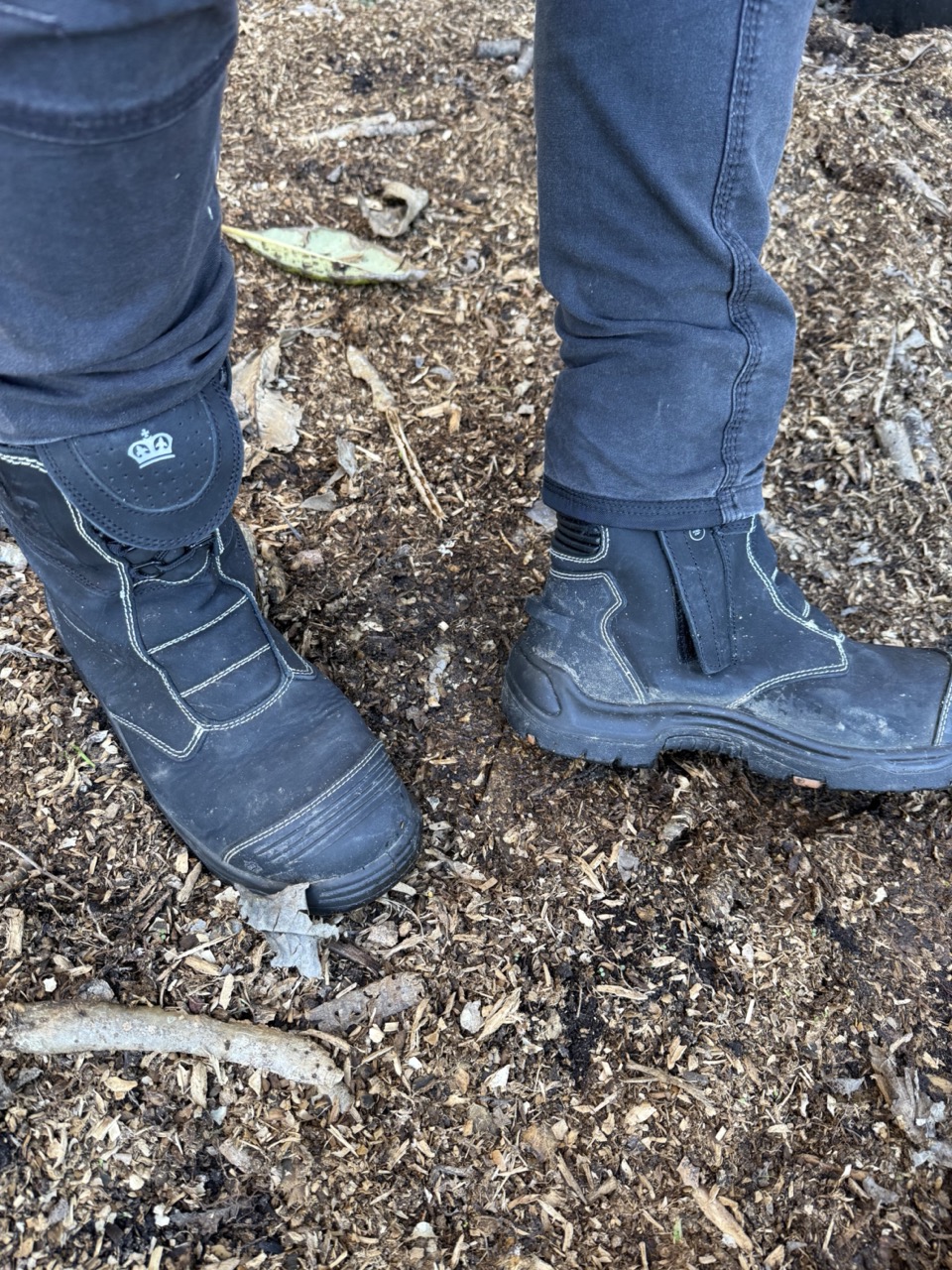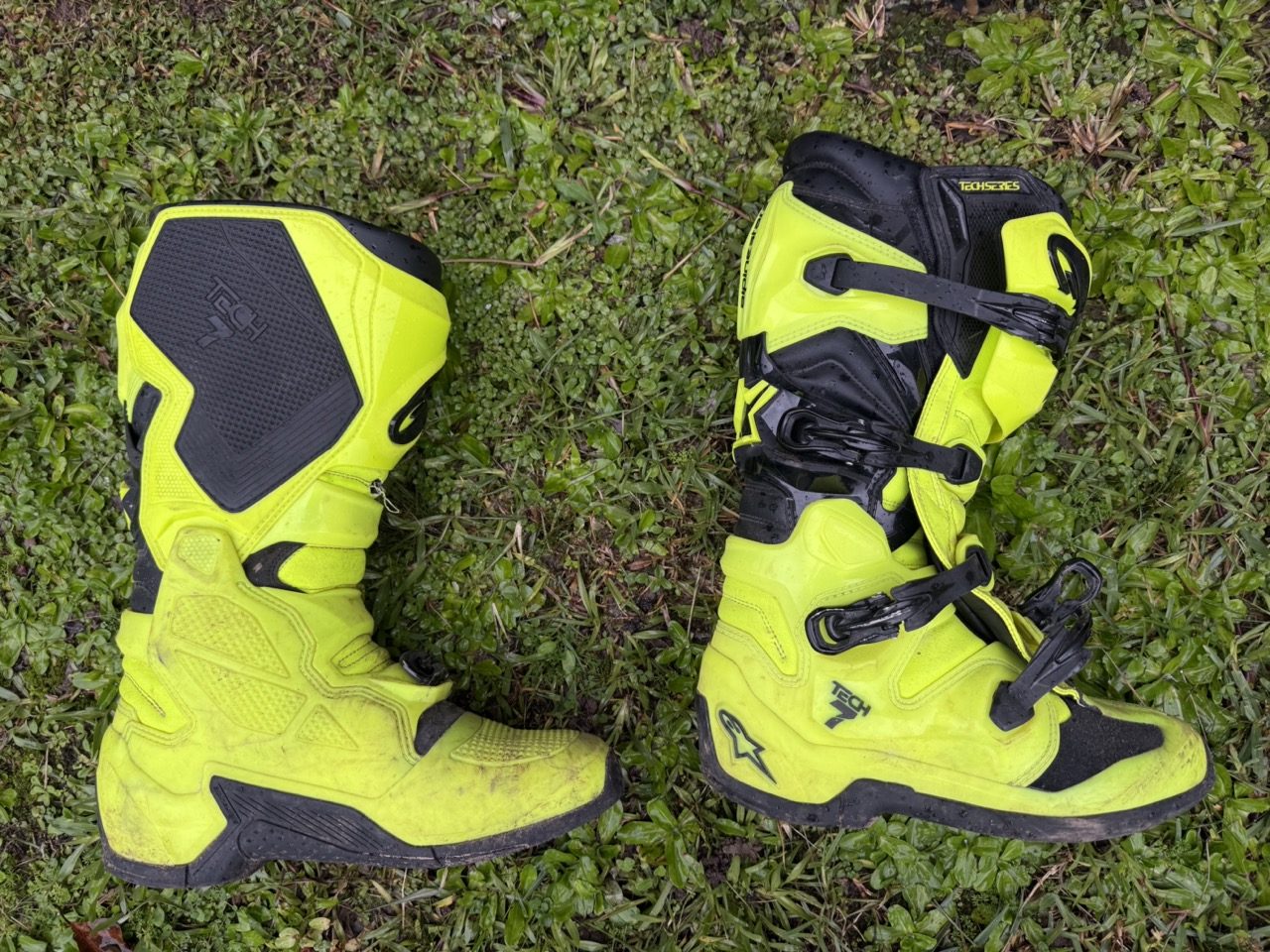Last year ahead of the Finke Desert Race I bought a Klim Ai-1 airbag vest. Airbag vests are the latest motorcycle safety technology, and have been available to off-road riders for a couple of years. At FIM international rallies such as Dakar they have become mandatory safety gear, since the tragic death of rally legend Paulo Concalves in the 2020 Dakar. I thought an airbag vest might be a valuable addition to my own safety equipment ahead of Finke, which is a fast and potentially dangerous race.
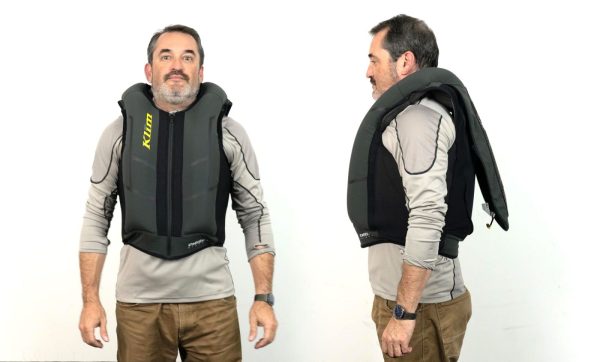
They work by detecting when the rider is about to crash, and inflating an airbag within the vest in milliseconds prior to impact, providing a substantial increase in protection to a riders’ torso and neck. Some also have CE rated armour built into the vest as additional protection, and for low speed impacts where the airbag may not deploy (by design).
At the time In Australia, there were two options from major brands available at reputable motorcycle stores. So the choice for me was between the Klim Ai-1 airbag ($799.95 + subscription) and the Alpinestars Tech Air 5 ($1099.99). Clearly they are quite expensive, however, compared with a single serious trip to hospital they start looking like good value.

The Alpinestars Tech Air 5 is an interesting piece of kit and Adam Riemann does a great YouTube review on his own property to test its effectiveness, and whether it might actually deploy by mistake. This is a common fear from first time users…what happens if it inflates after a big G out? Well Riemann couldn’t get it to deploy without actually crashing and it did the job of protecting him perfectly. It provides neck, shoulder, chest and back protection on inflation.
The downsides are that after each deployment, you are meant to send it back to the dealer for inspection to deem it safe enough to reuse. Which is quite a hassle, especially if you are mid race or somewhere remote. Furthermore, when I spoke to my local dealer they were not recommending it for off-road yet. When considering these two factors, I decided the Klim would be a safer bet.
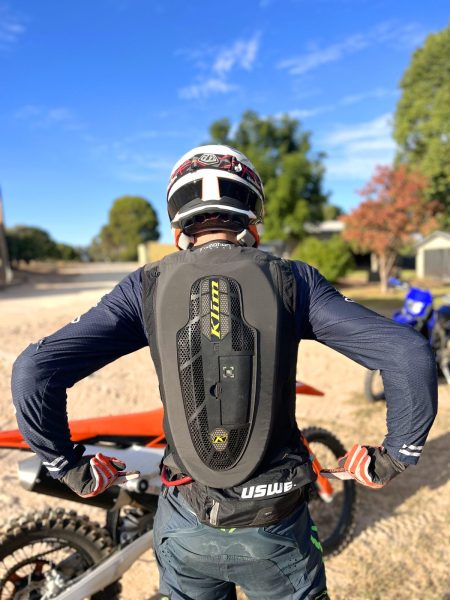
Every piece of riding gear I’ve owned, I’ve had to buy. So I have to do my research, like you and (literally) wear the good and bad decisions. I bought mine from Adventure Moto, it arrived and I soon set about testing it but firstly let’s do a quick rundown on what it involves;
- A vest (naturally). I chose the standard Klim version ($800), which also has CE level 1 back protection. There is also a Rally version for $950 with more armour, including chest protection (CE1) and spinal armour rated at CE2. They are otherwise the same.
- Sitting in the spine protection is the gas canister which ‘explodes’ to deploy the airbag. It’s filled with an inert gas, argon, which is safe. There’s also the battery & AI brain. The battery lasts around 25 hours of run time before needing a recharge.
- This kit does add some weight (1.7Kg) and bulk to your riding gear however it fits under airbag rated rally jackets. Many older style jackets will not be compatible nor are standard over the shoulder hydration backpacks as the airbag needs space to deploy.
- The Klim requires a subscription on top of buying the vest. You can pay annually or buy a lifetime membership (costs approx 3 years worth). For a little extra you can buy the ‘adventure’ pack which I did. That provides an additional setting, to prevent the vest deploying on low speed crashes when you’re unlikely to need it. A common occurrence for dirt bike riders like me.
- You can buy replacement gas canisters and take 1 or 2 extras with you at about a hundred bucks each, in case you have an accident and want to re-activate it (unlike the Alpinestars Tech 5 Air). This is a handy feature. After 3 deployments you are meant to have it inspected by an authorised dealer.
- The Klim airbag vests don’t have shoulder, or elbow protection and in my case no chest protection either.
- By providing neck protection this negates the need for a neck brace. In fact they are not compatible together.
- There’s some setup, downloading the app and picking a subscription, charging the battery and getting it going. Nothing hard, unless you’re trying to do it somewhere on the highway between Coober Pedy and Alice Springs where there’s no mobile reception, as I did enroute to the FDR.
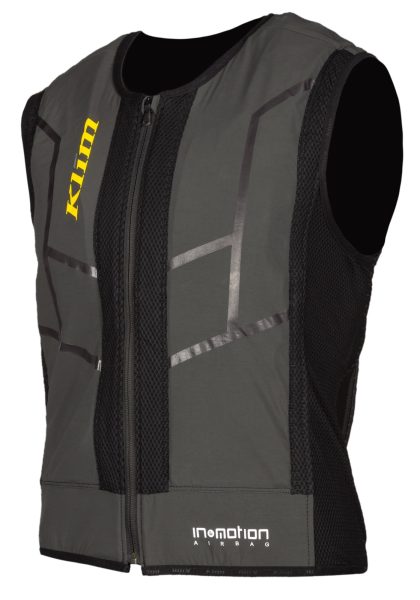
My vest arrived shortly before I set off for Finke. I had time to do two training rides with it prior, then a little pre-running. I didn’t activate it at first, I wanted to get a feel for what it was like to ride with and how I was going to make it work with my existing armour and hydration pack.
I have a Leatt pressure suit – the 3DF Airfit Hybrid Body Protector. This is a popular piece of kit that has served me well. It’s almost their top spec, and since buying it Leatt have also introduced the 6.5 Graphene Body Protector which I have also tested.

I decided to keep wearing my Leatt armour because I wanted chest, shoulder and elbow protection. Most of my crashes have me landing on one shoulder and whilst not life threatening, shoulders are pretty useful. I removed the backplate from the Leatt as the Klim has its own. Then on it went, over my pressure suit.
So what was it like? Well the fit is fine. The extra layer and weight isn’t huge but you notice it, especially when conditions are warm. They don’t breathe well, because any airbag has to be sealed.

Also the back plate which houses the technology is quite rigid. So unlike my Leatt back plate which flexes and bends this is less accommodating but tolerable. Basically I could ride with it fine but I was a little hotter and less comfortable.
There was still one pressing problem. I didn’t have a hydration pack solution. My Ogio 2L pack isn’t airbag compatible. I did actually buy an USWE waist hydration pack, but it literally arrived in Alice Springs just before Prologue.
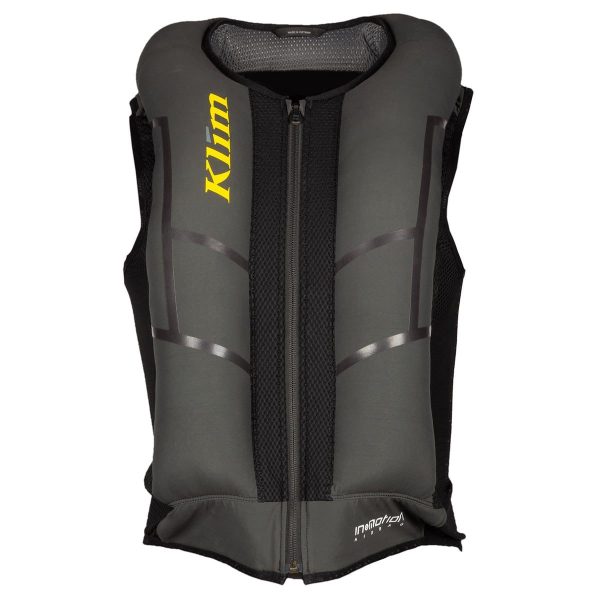
Without time to test them together I was in a pickle. Furthermore during pre-running one day it was 30c and I was cooking. I knew if I got hotter, thirstier and more fatigued as a result of extra kit I was essentially trading primary safety for secondary safety. So I made the call to race without it. I would need to do more testing, and overall set up experimentation before committing to it.
So does that mean the airbag vest isn’t good? No, it definitely has its use cases.
- Rally. FIM rallies mandate airbags. Anytime you’re doing long distances, long consecutive days at high speed the risk of serious accidents increases. It may well save your life. And since everyone has to wear one, there’s no ‘riding’ disadvantage.
- For adventure riders I think this could be a life-saver with minimal negatives. On more open roads, over longer distances the extra weight and heat aren’t a problem. Adventure riding typically means higher average speeds and an accident can be serious. Many adventure or rally jackets have shoulder protection, elbow protection and space to fit a hydration pack, just check they’re airbag compatible and should pair well together.
- Another potential use case is training for high speed desert races. An airbag vest reduces risk and means you train ‘harder’ conditioning your body to be stronger. Whether you wear it or not come race day is a personal decision.
Personally if I take up rallying down the track I will be wearing an airbag vest whether it’s mandatory or not, due to the increased likelihood of a high speed incident.
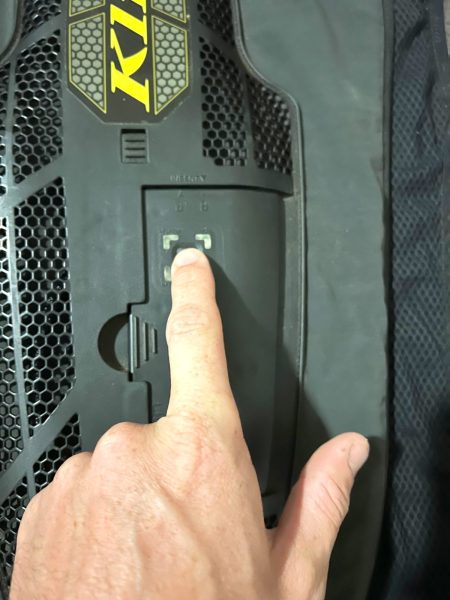
WORDS & PHOTOS | ED HARTLEY
